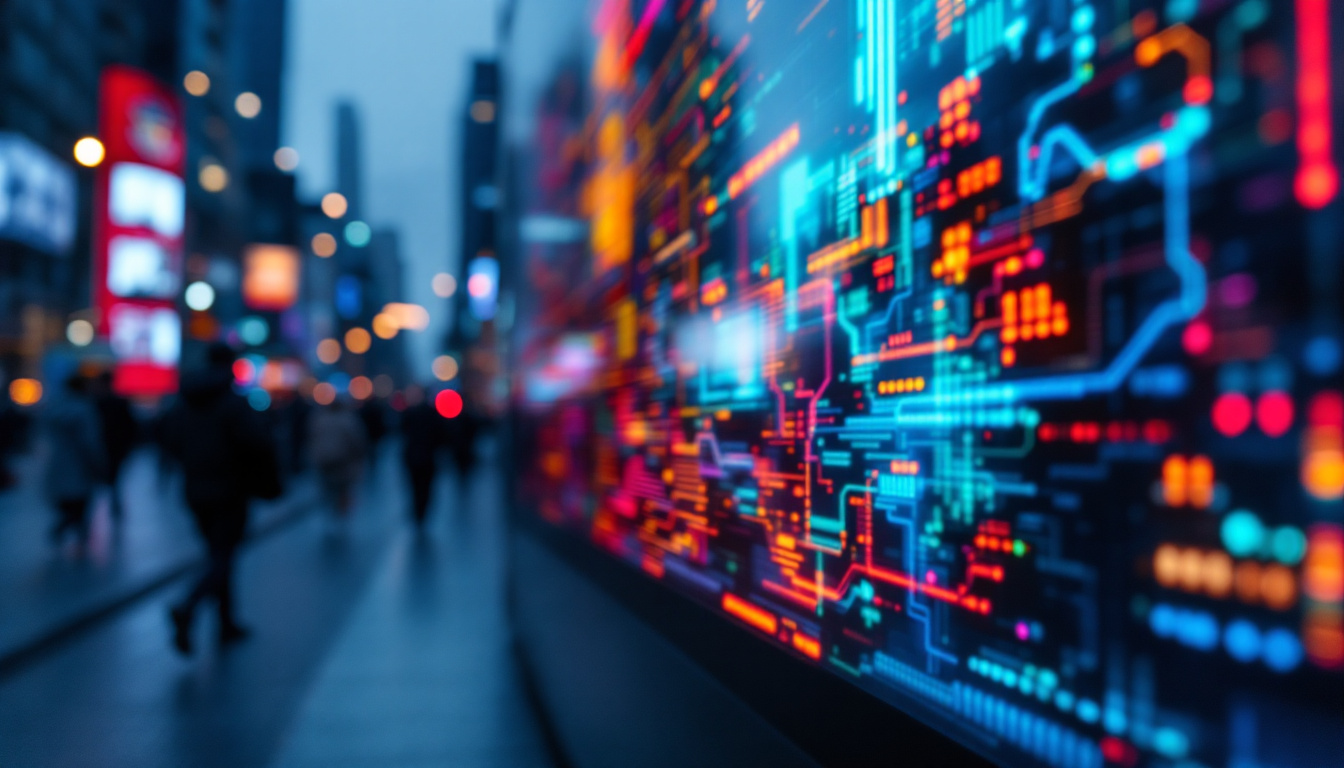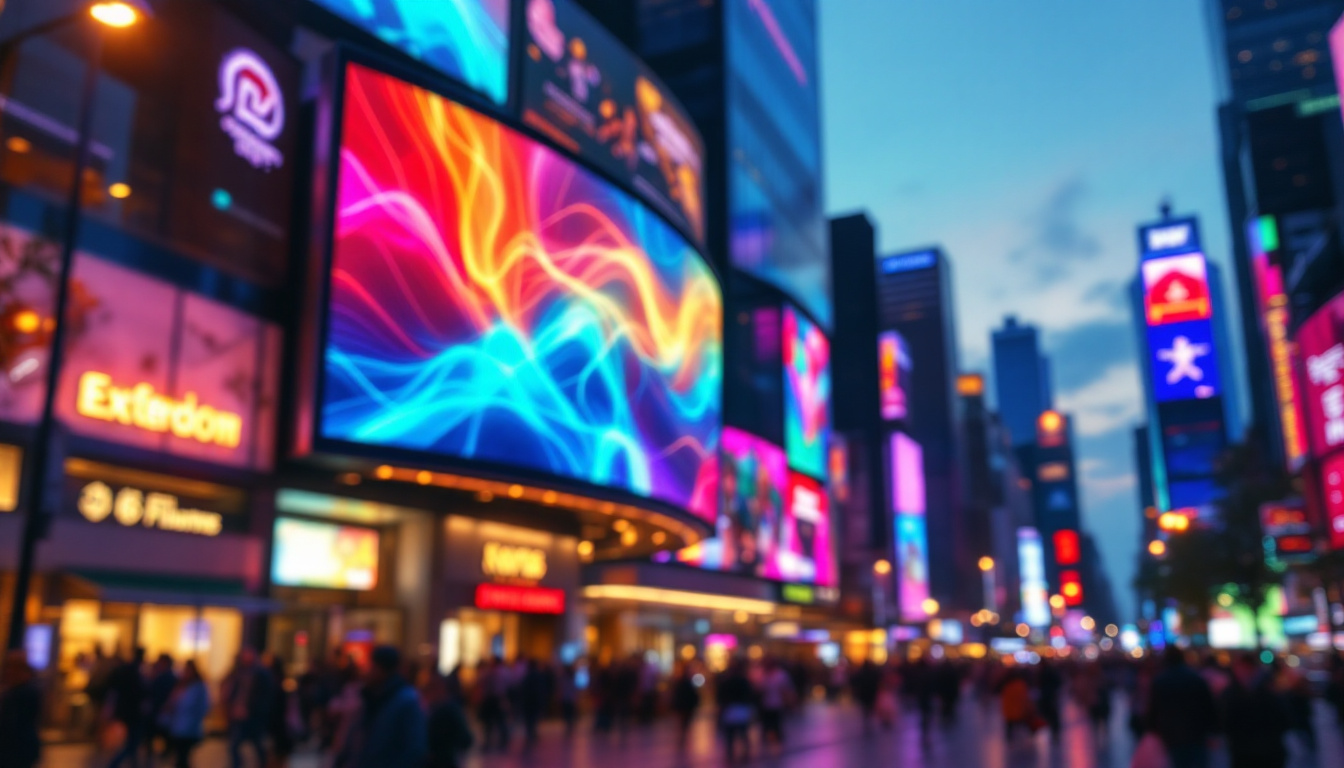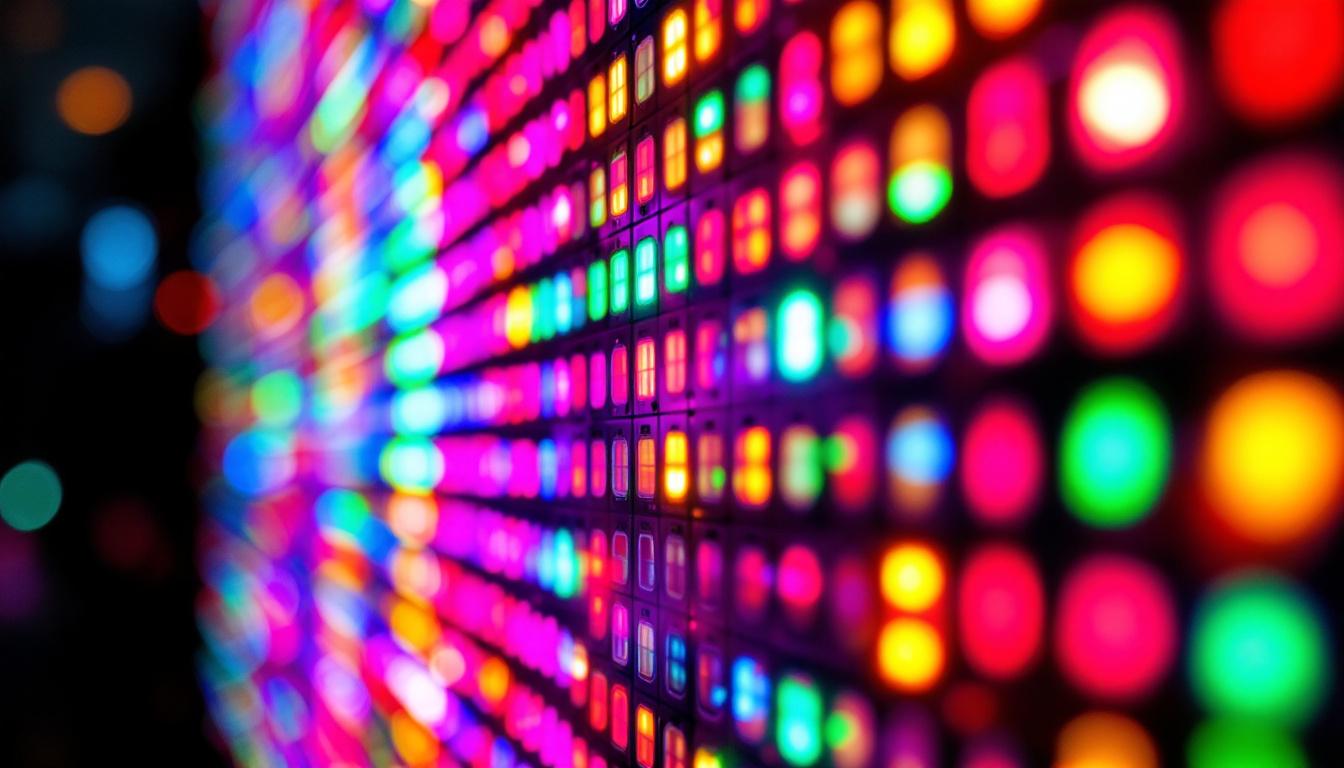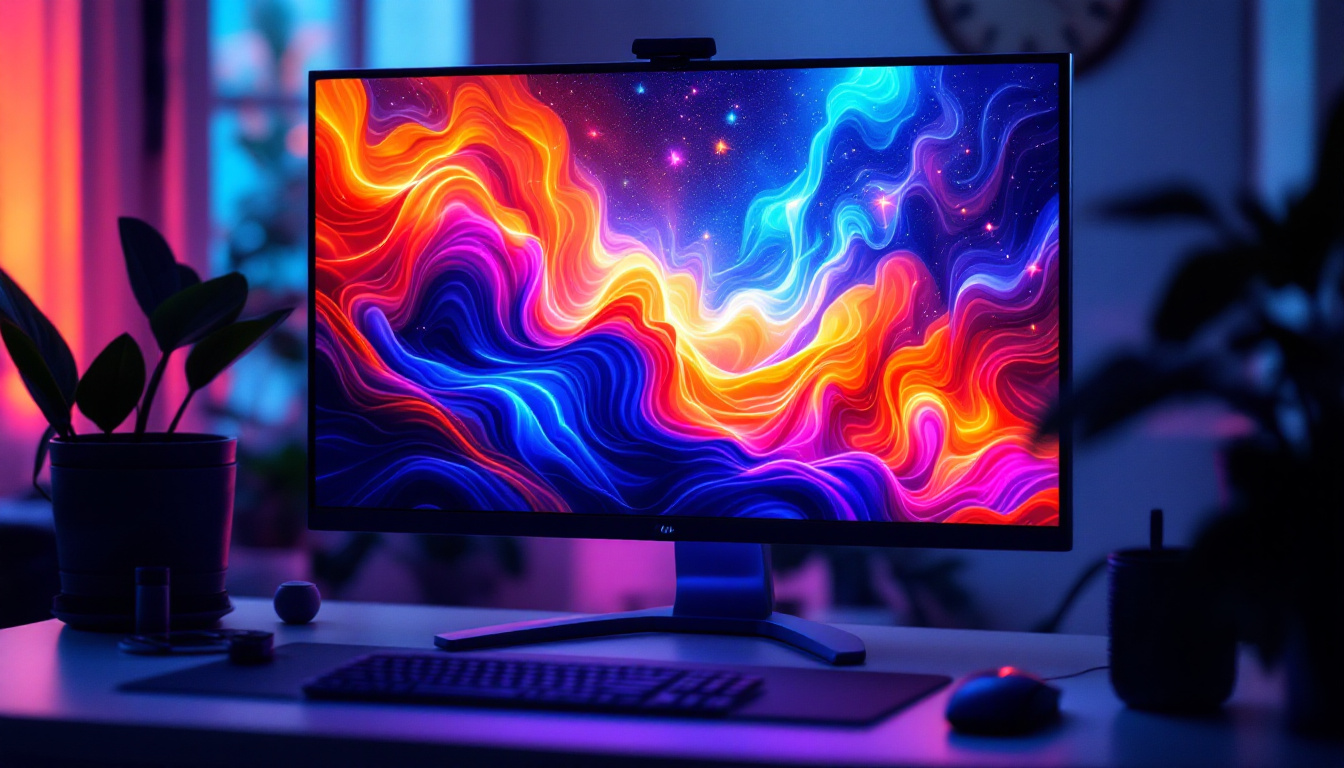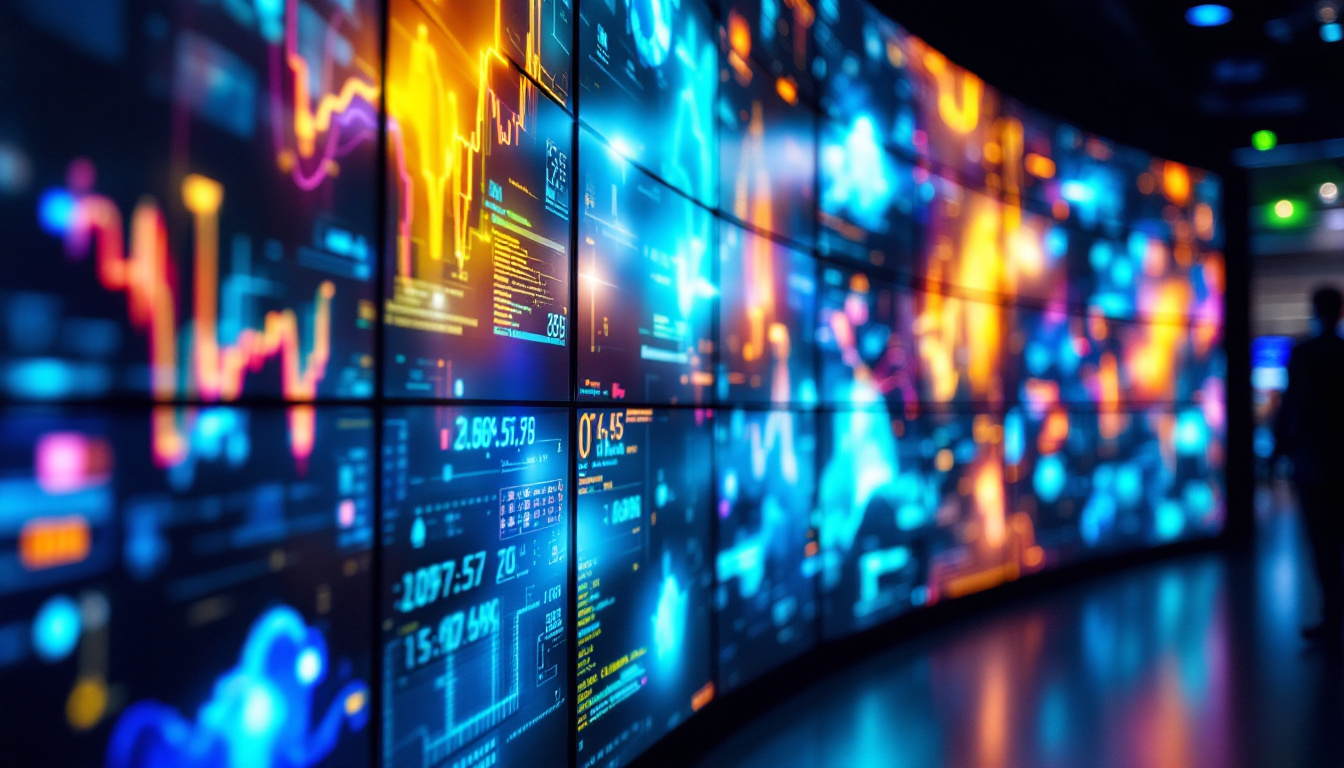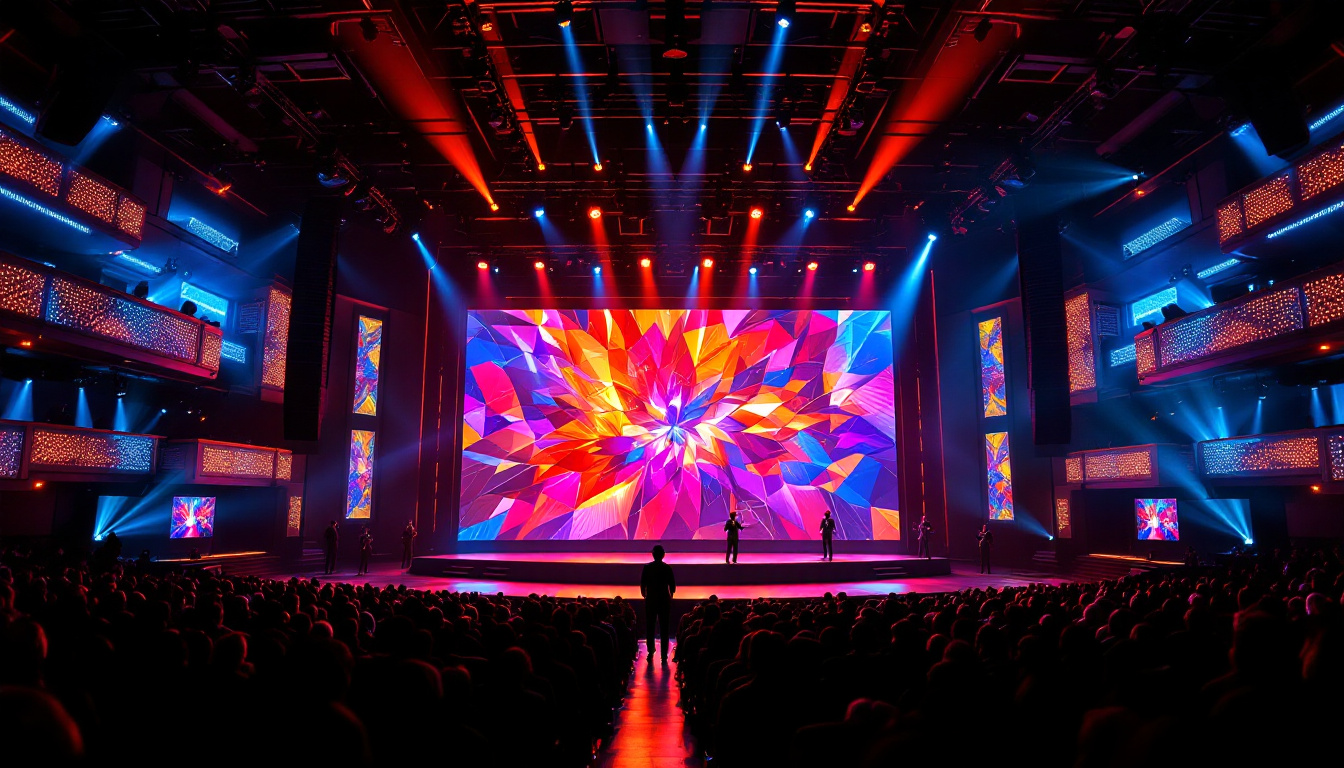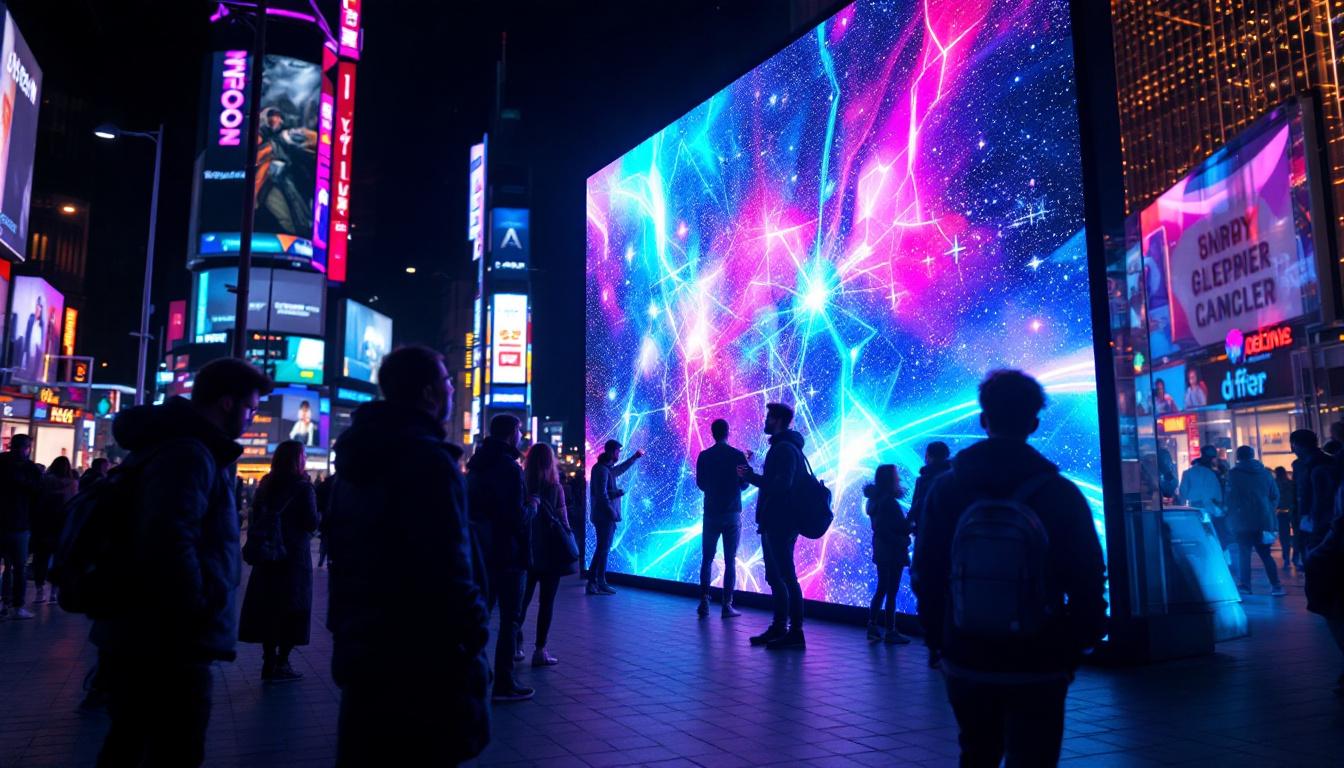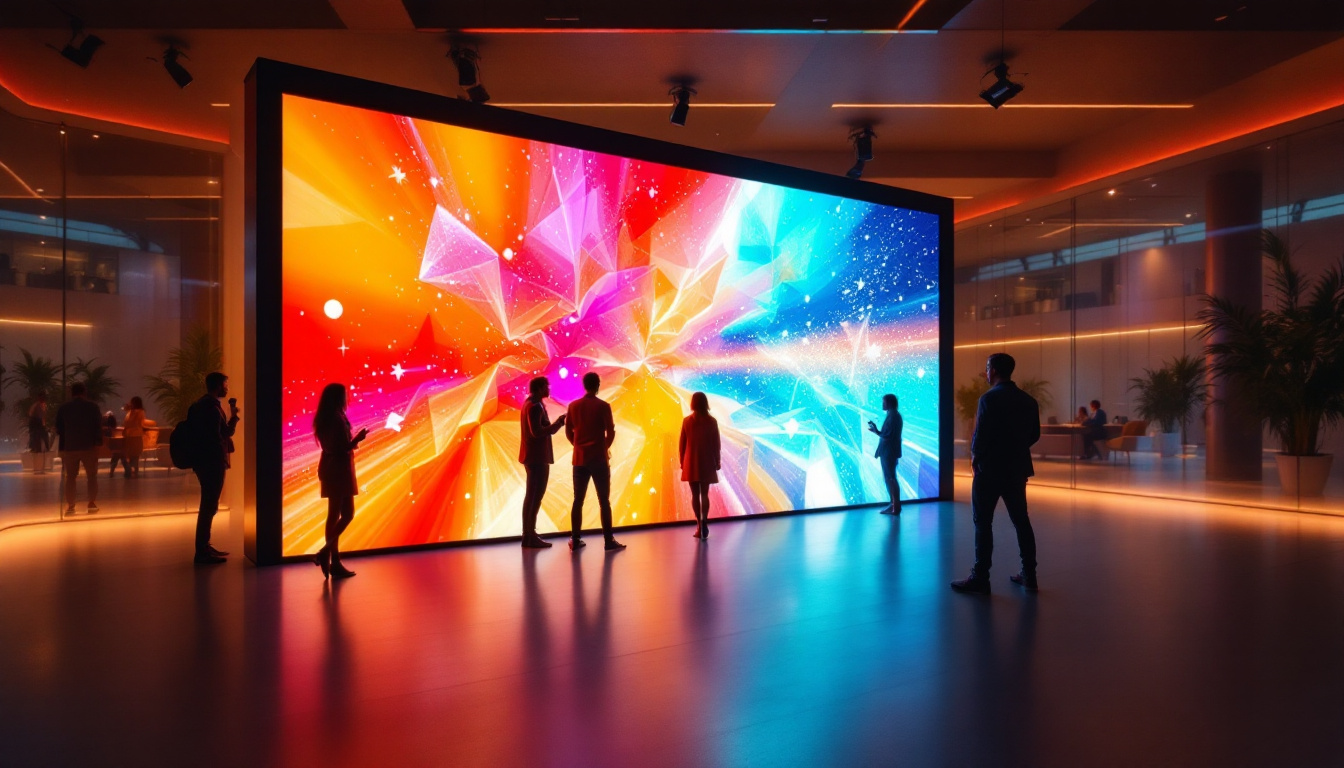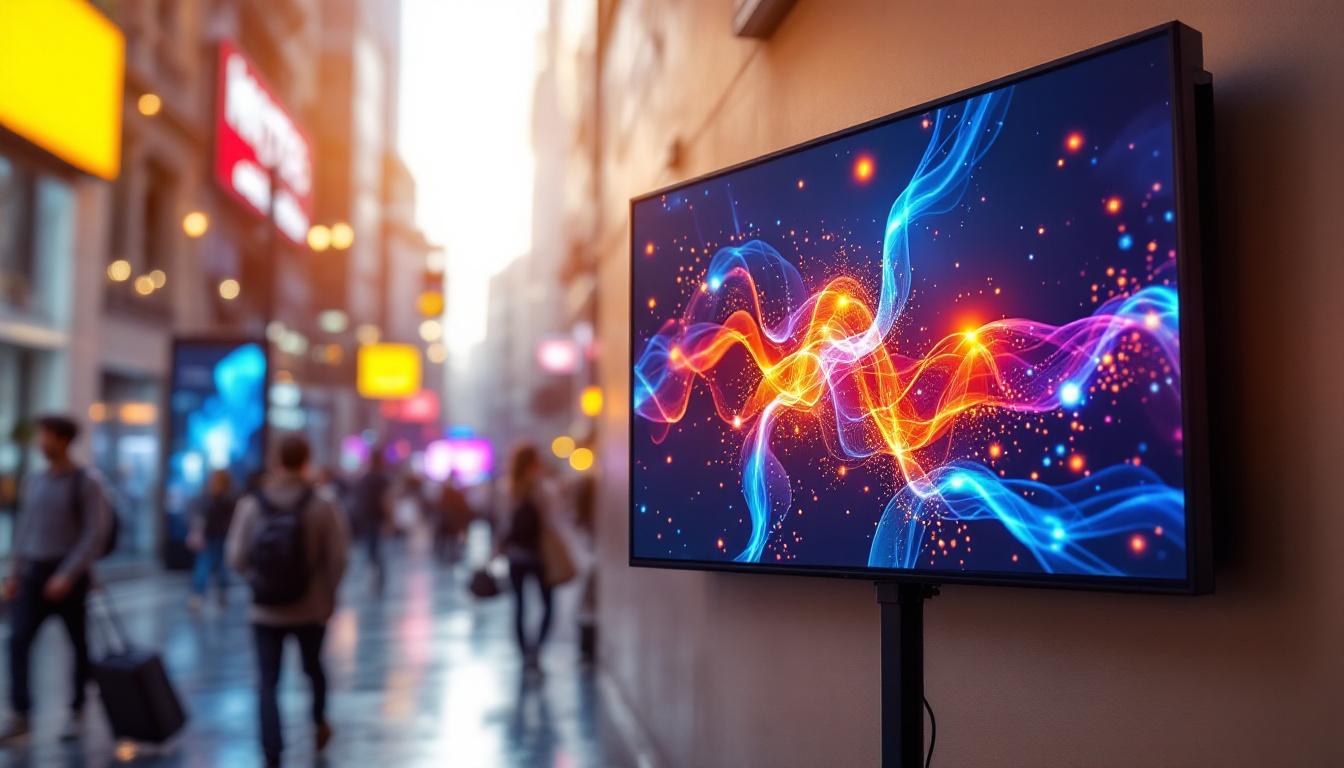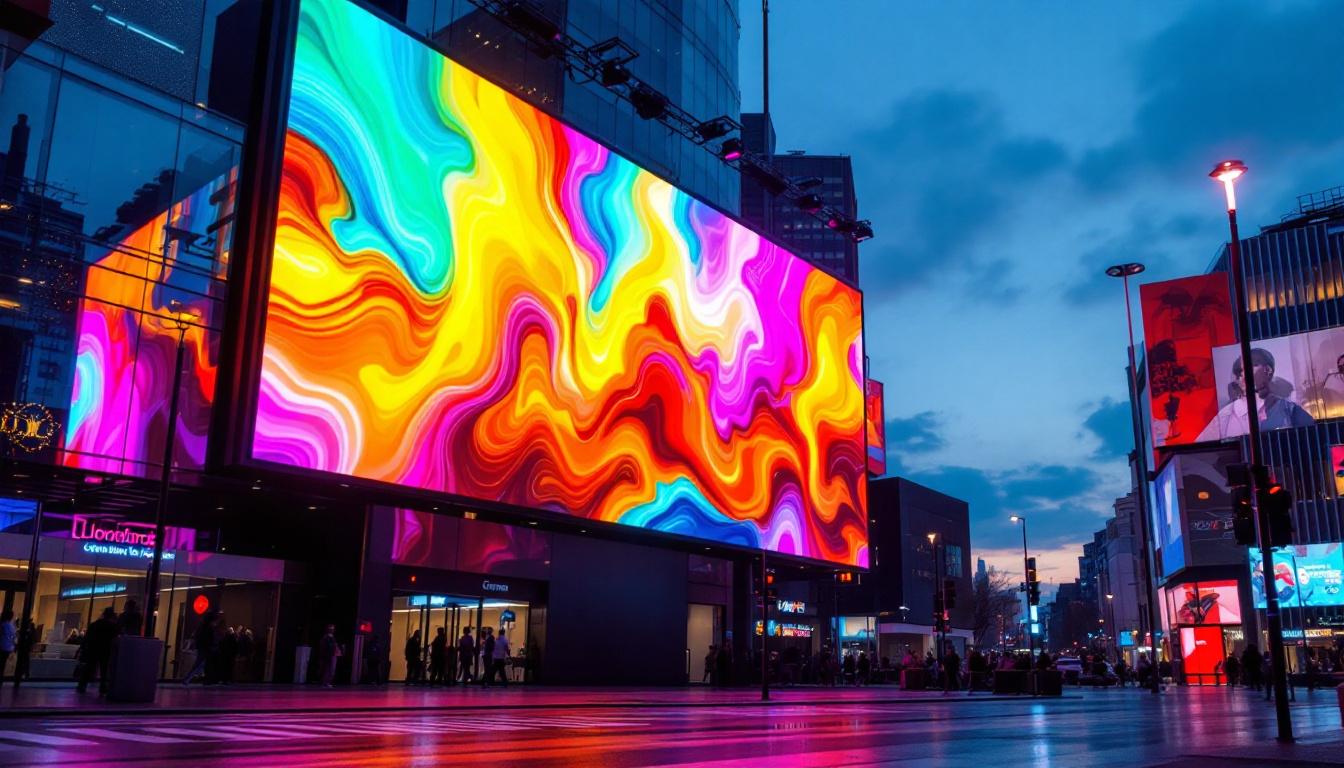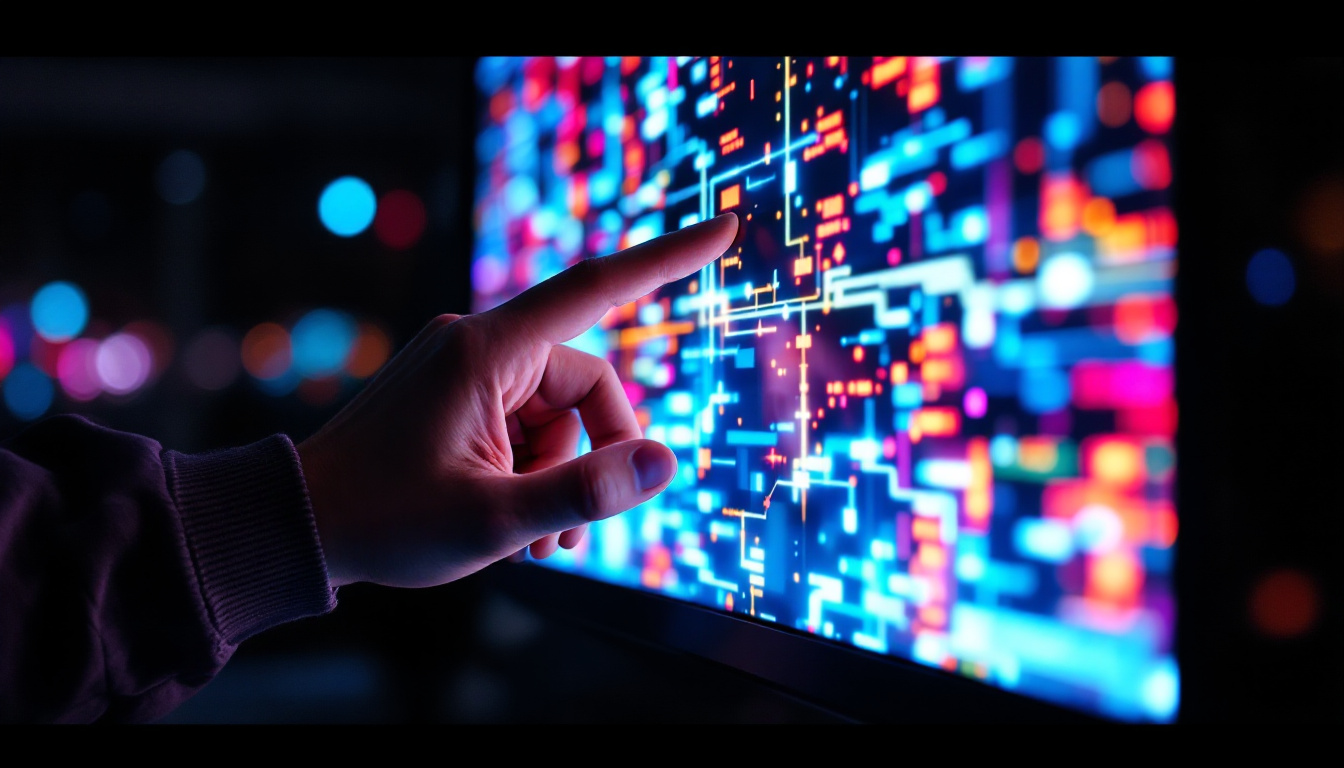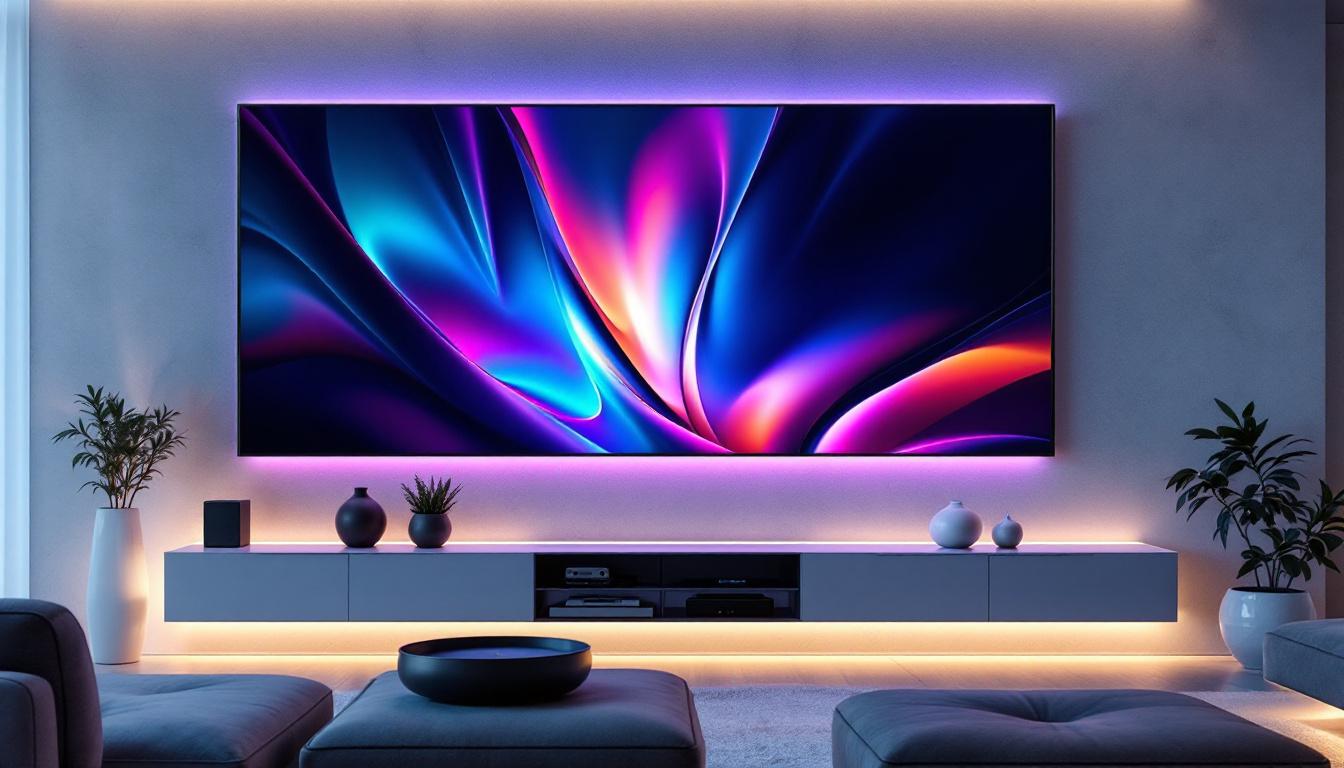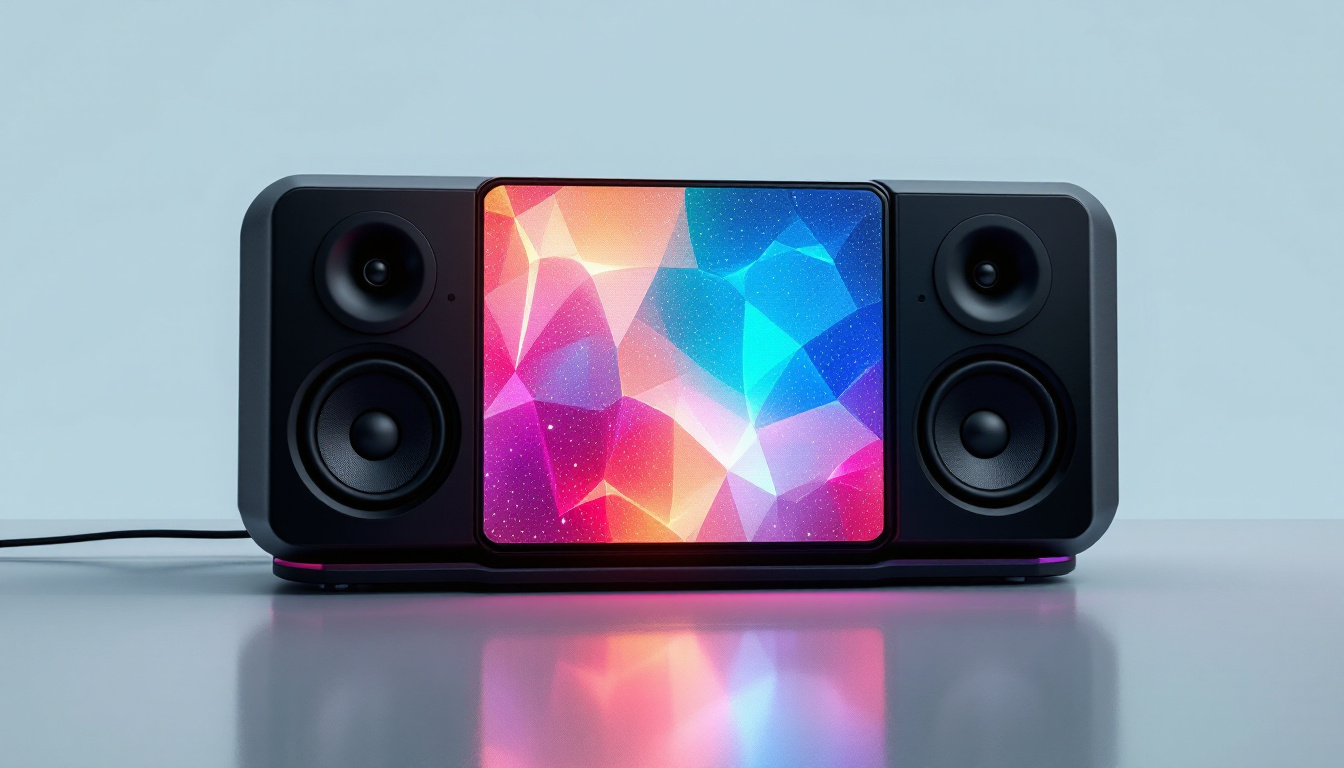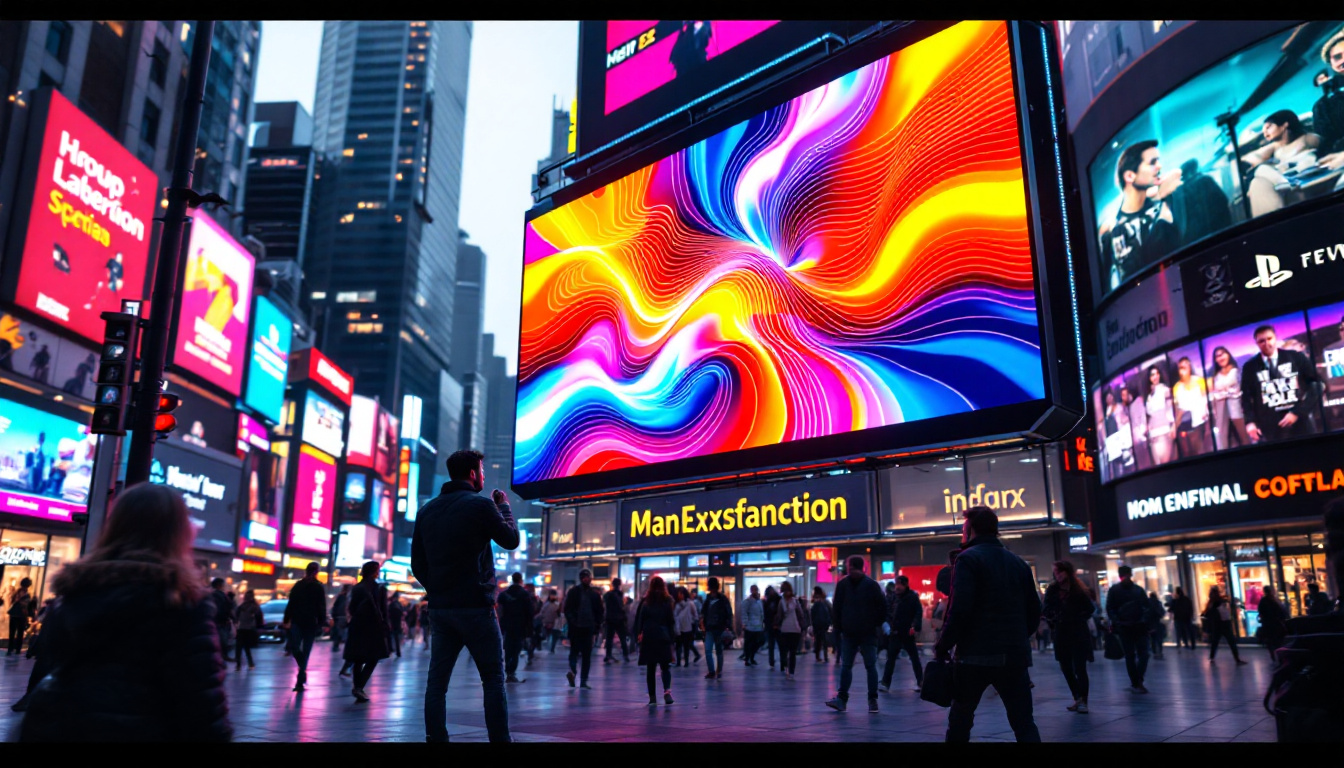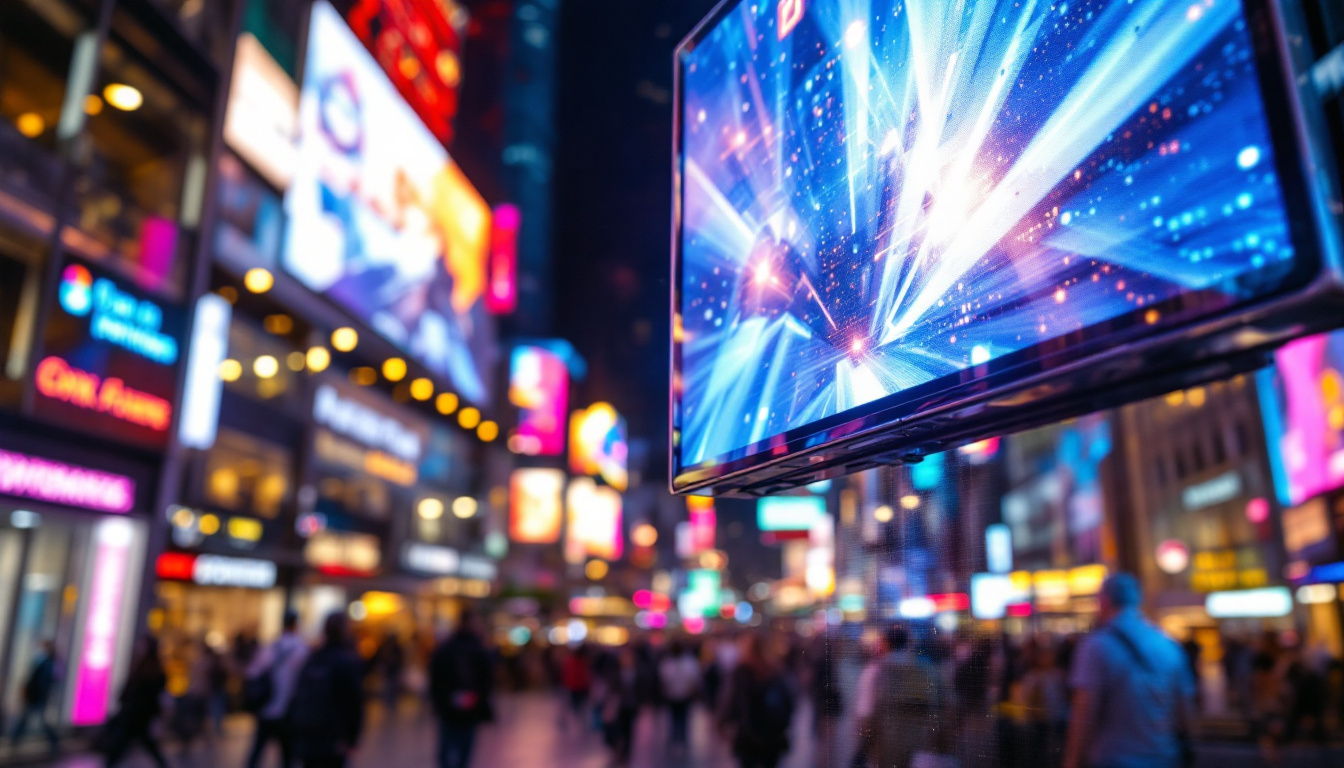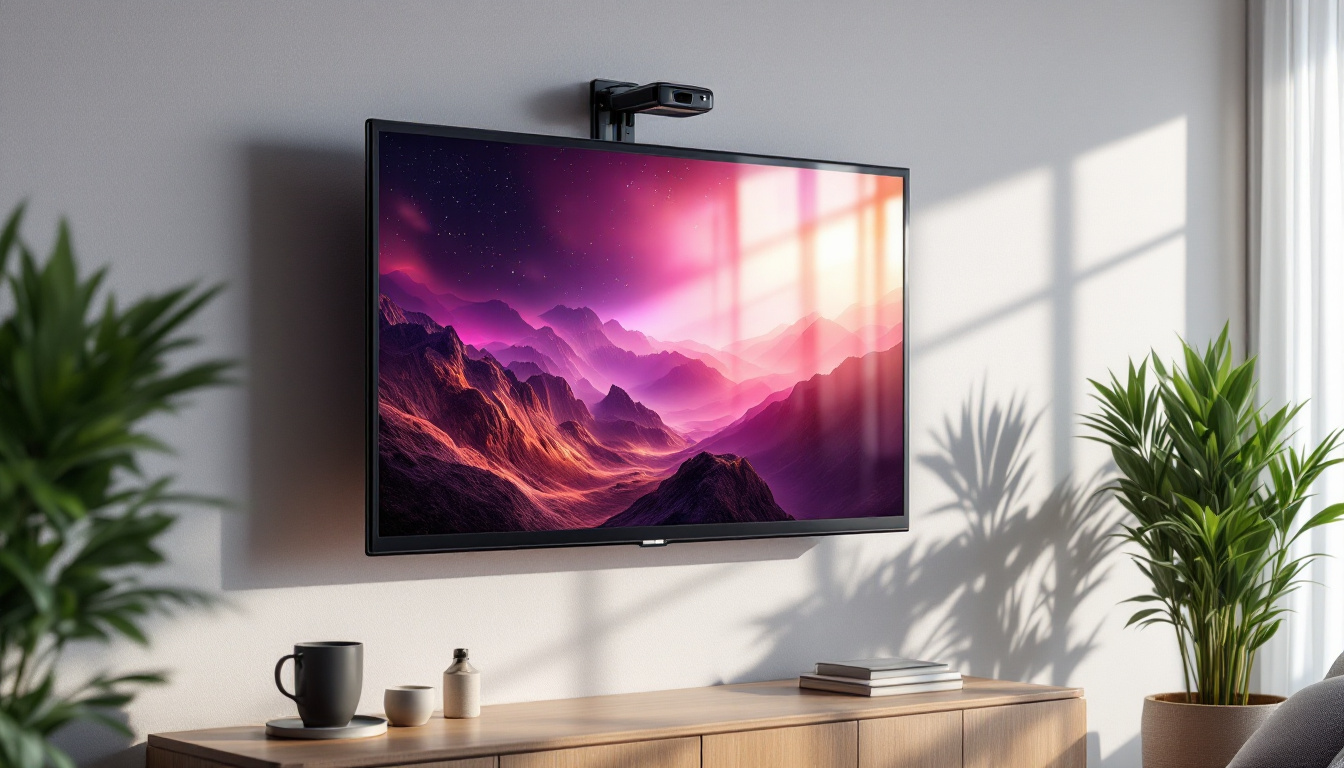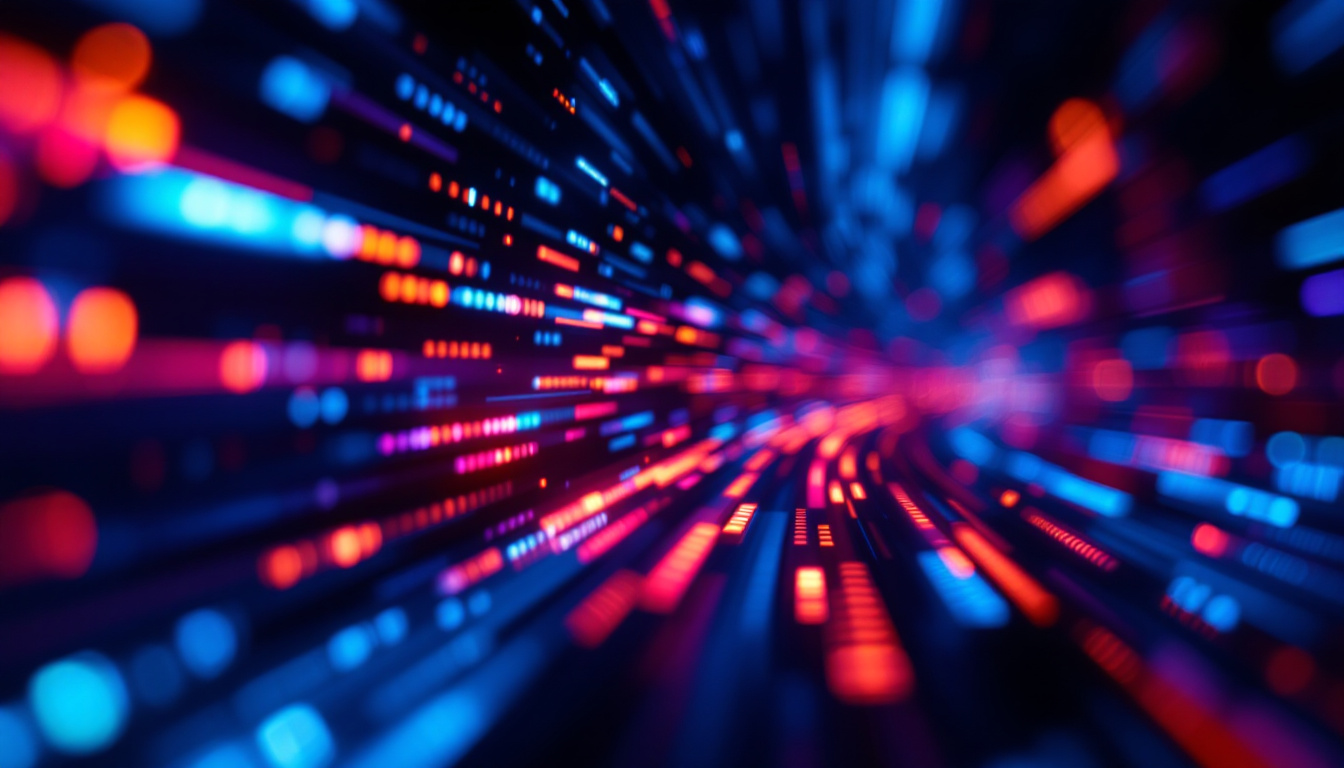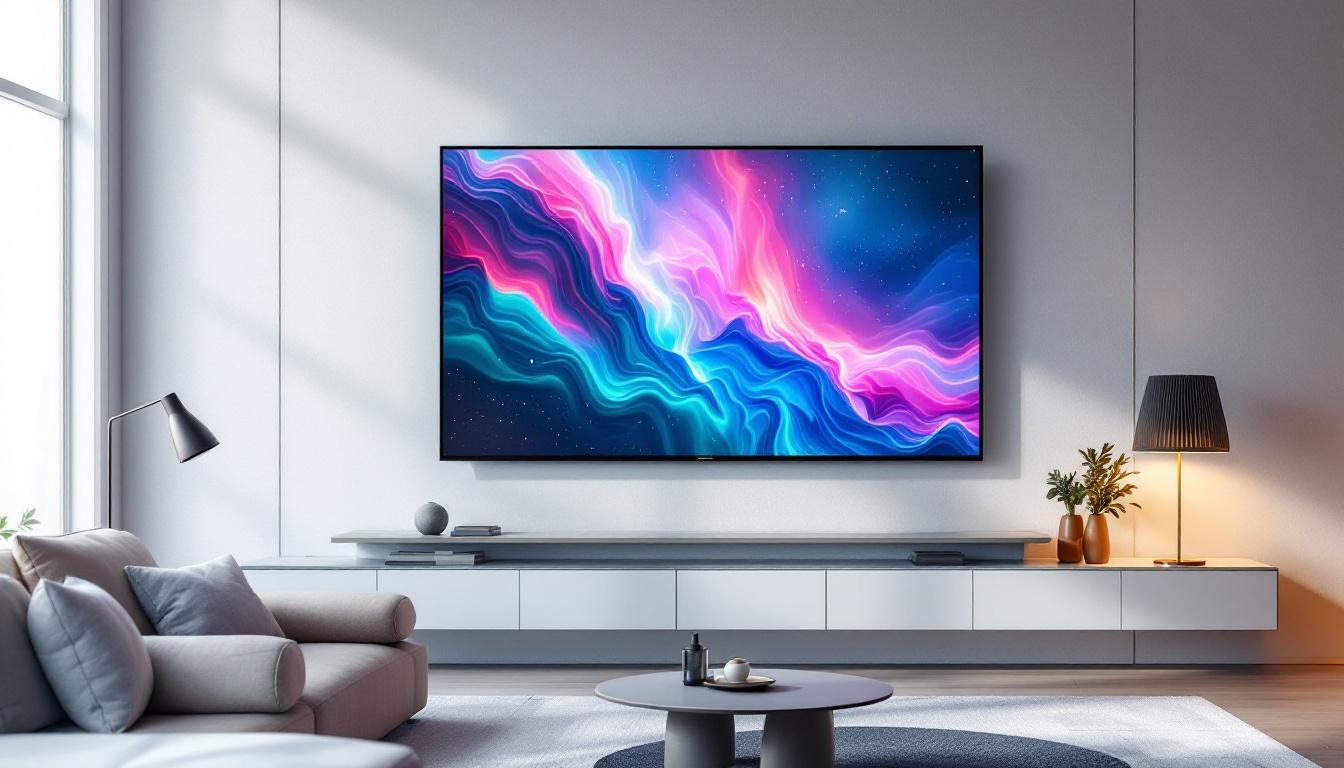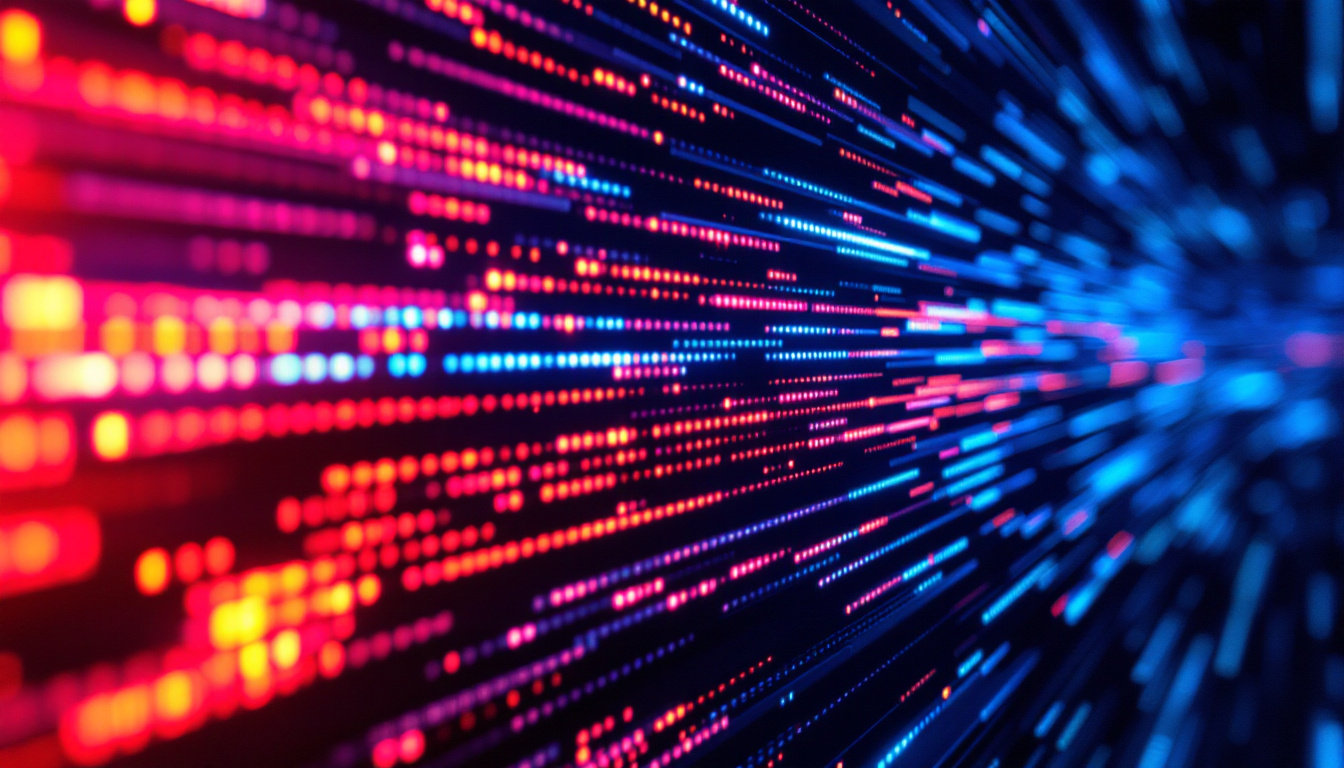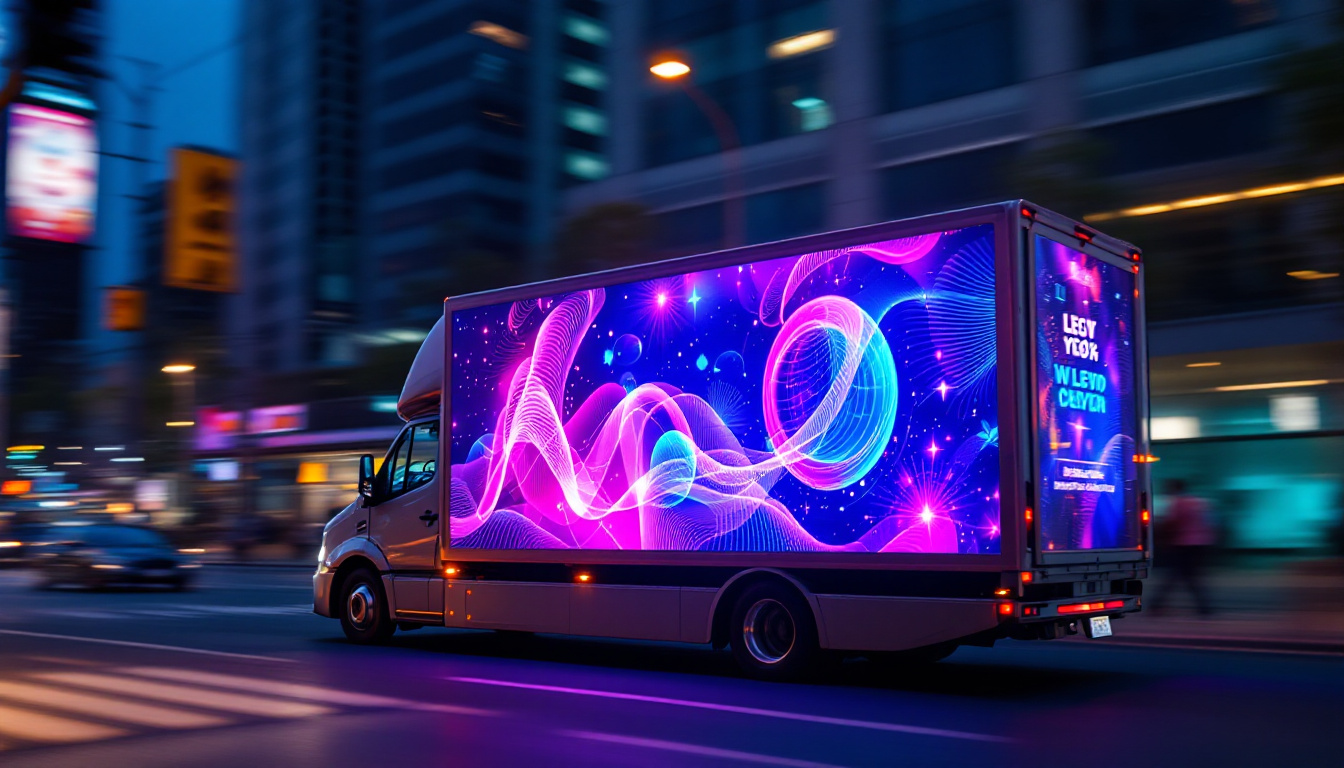In today’s digital age, LED displays have become an integral part of our visual experiences. From advertising billboards to television screens, the versatility and efficiency of LED technology are unmatched. This article delves into the intricacies of LED displays, exploring their components, functionality, advantages, and applications.
Understanding LED Technology
Light Emitting Diodes (LEDs) are semiconductor devices that emit light when an electric current passes through them. This technology has revolutionized the way we think about lighting and displays. Unlike traditional incandescent bulbs, LEDs are more energy-efficient and have a longer lifespan, making them an attractive option for various applications. As a result, they have become a staple in both residential and commercial lighting solutions, contributing to significant energy savings and reduced carbon footprints.
The Basics of LED Functionality
At the core of LED technology is the principle of electroluminescence. When electrons recombine with holes in a semiconductor material, energy is released in the form of light. This process is highly efficient, resulting in less heat generation compared to traditional light sources. The color of the emitted light depends on the materials used in the semiconductor; for instance, gallium nitride produces blue light, while gallium phosphide emits green. This specificity in color production allows for precise control in applications ranging from decorative lighting to sophisticated display technologies.
The combination of different colored LEDs—red, green, and blue (RGB)—allows for the creation of a full spectrum of colors. By adjusting the intensity of each color, displays can produce vibrant images and videos that captivate audiences. This RGB model is fundamental in various applications, including stage lighting, digital signage, and even architectural illumination, where dynamic color changes can enhance the aesthetic appeal of structures.
Types of LED Displays
LED displays come in various forms, each serving different purposes. The most common types include:
- LED Backlit Displays: These displays use LEDs to illuminate a liquid crystal display (LCD) panel, enhancing brightness and contrast. They are widely used in televisions and computer monitors, providing a more vivid viewing experience compared to traditional fluorescent backlighting.
- Direct View LED Displays: Comprising individual LED modules, these displays are often used for large-scale installations like billboards and stadium screens. Their ability to deliver high brightness and visibility even in direct sunlight makes them ideal for outdoor advertising and public displays.
- Organic LED (OLED) Displays: Utilizing organic compounds, OLEDs offer superior color accuracy and flexibility, making them popular in smartphones and televisions. Their thin profile allows for innovative design possibilities, such as curved screens and ultra-slim devices that enhance user experience.
In addition to these common types, there are also specialized LED displays such as MicroLEDs, which are gaining traction for their ability to deliver exceptional resolution and brightness in a compact form factor. MicroLED technology promises to combine the best features of OLED and traditional LED displays, offering high contrast ratios and energy efficiency. This innovation is particularly exciting for the future of virtual reality and augmented reality applications, where display quality is paramount for immersion and realism.
Advantages of LED Displays
LED displays offer numerous advantages that make them a preferred choice for both commercial and residential applications. Understanding these benefits can help businesses and consumers make informed decisions.
Energy Efficiency
One of the most significant advantages of LED displays is their energy efficiency. Compared to traditional lighting solutions, LEDs consume significantly less power, which translates to lower electricity bills. This efficiency is particularly beneficial for large installations, where energy costs can add up quickly.
Moreover, LEDs have a longer lifespan, often lasting up to 50,000 hours or more. This durability means fewer replacements, reducing waste and maintenance costs over time. In addition to these financial benefits, the reduced energy consumption of LED displays contributes to a lower carbon footprint, making them an environmentally friendly option. As businesses and consumers increasingly prioritize sustainability, choosing LED technology aligns with eco-conscious practices and can enhance a brand’s reputation.
High Brightness and Visibility
LED displays are known for their exceptional brightness, making them easily visible even in direct sunlight. This characteristic is crucial for outdoor advertising and public displays, where visibility can significantly impact effectiveness.
The ability to adjust brightness levels also allows for optimal viewing experiences in various lighting conditions, ensuring that the content remains clear and engaging regardless of the environment. Furthermore, LED displays can produce a wide range of colors and dynamic visuals, enhancing the overall impact of advertisements and presentations. This versatility allows for creative applications, such as interactive displays that can capture the attention of passersby, making them an invaluable tool for marketers and event organizers alike. The vivid imagery and sharp contrast provided by LED technology can transform ordinary spaces into captivating environments, drawing in audiences and creating memorable experiences.
Applications of LED Displays
The versatility of LED displays has led to their widespread adoption across multiple industries. From entertainment to transportation, their applications are diverse and impactful.
Advertising and Marketing
LED displays have transformed the advertising landscape. Digital billboards and signage can be easily updated with new content, allowing businesses to promote their products and services dynamically. This flexibility enables targeted marketing campaigns that can be tailored to specific audiences and times of day.
Additionally, the vibrant colors and high resolution of LED displays capture attention more effectively than traditional signage, leading to increased engagement and conversion rates.
Moreover, the ability to integrate interactive elements into LED displays has opened new avenues for customer engagement. Touch-sensitive screens can allow potential customers to interact with advertisements, providing them with personalized information or special offers. This level of interactivity not only enhances the consumer experience but also allows businesses to gather valuable data on consumer preferences and behaviors, further refining their marketing strategies.
Entertainment and Events
In the entertainment industry, LED displays are ubiquitous. Concerts, sporting events, and festivals utilize large LED screens to enhance the audience experience. These displays provide visual effects, live feeds, and advertisements, creating a more immersive environment.
Moreover, the flexibility of LED technology allows for creative installations, such as curved or transparent displays, which can be tailored to fit unique venues and themes.
In addition to live events, LED displays are increasingly being used in film production and broadcasting. They serve as backdrops that can change dynamically, allowing filmmakers to create stunning visuals without the need for extensive set designs. This innovation not only streamlines production but also offers directors and cinematographers new ways to tell their stories, pushing the boundaries of traditional filmmaking.
Transportation and Safety
LED displays play a crucial role in transportation systems, providing real-time information to commuters. From electronic billboards displaying traffic updates to LED screens at bus stops showing arrival times, these displays enhance safety and efficiency in public transport.
Furthermore, LED lights are commonly used in vehicle lighting, including headlights and taillights, improving visibility and safety on the roads.
Beyond just public transport, LED displays are also being utilized in smart city initiatives. Traffic management systems equipped with LED technology can adjust signal timings based on real-time traffic conditions, reducing congestion and improving flow. Additionally, LED displays can be strategically placed at pedestrian crossings to alert drivers of nearby foot traffic, further enhancing safety in urban environments. As cities continue to evolve, the integration of LED technology will play a pivotal role in creating safer and more efficient transportation networks.
Challenges and Considerations
While LED displays offer numerous benefits, there are also challenges and considerations that need to be addressed. Understanding these factors is essential for making informed decisions regarding their use.
Initial Costs
One of the primary challenges associated with LED displays is the initial investment. Although prices have decreased over the years, high-quality LED displays can still be expensive. Businesses must weigh the upfront costs against the long-term savings in energy and maintenance to determine the overall value.
However, as technology continues to advance, the cost of LED displays is expected to decrease further, making them more accessible to a broader range of consumers.
Environmental Impact
While LEDs are more energy-efficient than traditional lighting, the environmental impact of their production and disposal cannot be overlooked. The manufacturing process involves the use of rare materials, and improper disposal can lead to electronic waste issues.
To mitigate these concerns, it is essential to implement recycling programs and invest in sustainable manufacturing practices. Consumers can also choose products from manufacturers that prioritize environmental responsibility.
The Future of LED Displays
The future of LED displays looks promising, with ongoing advancements in technology and design. Innovations are continuously emerging, pushing the boundaries of what is possible with LED technology.
Smart LED Displays
As the Internet of Things (IoT) continues to grow, the integration of smart technology into LED displays is becoming more prevalent. Smart LED displays can connect to the internet, allowing for remote management and real-time content updates. This capability enhances the flexibility and effectiveness of advertising and information dissemination.
Additionally, smart displays can utilize data analytics to optimize content based on audience behavior, ensuring that the right message reaches the right people at the right time.
Advancements in Resolution and Color Accuracy
Technological advancements are also leading to improvements in resolution and color accuracy. Higher pixel densities allow for sharper images and more vibrant colors, enhancing the overall viewing experience. This progress is particularly important for applications in entertainment and advertising, where visual quality is paramount.
Furthermore, the development of microLED technology promises to revolutionize display technology by enabling even smaller and more efficient displays, paving the way for innovative applications and designs.
Conclusion
LED displays have fundamentally changed the way we interact with visual content. Their energy efficiency, versatility, and vibrant display capabilities make them a preferred choice across various industries. As technology continues to evolve, the future of LED displays holds exciting possibilities that will further enhance our visual experiences.
Understanding the intricacies of LED technology, its applications, and the challenges it presents is essential for businesses and consumers alike. By staying informed, stakeholders can make decisions that not only benefit their immediate needs but also contribute to a more sustainable and innovative future.
In conclusion, LED displays are not just a trend; they represent a significant advancement in display technology that is here to stay. Embracing this technology will undoubtedly lead to more engaging, efficient, and visually stunning experiences in the years to come.
Discover LumenMatrix’s Innovative LED Solutions
As you consider the future of LED displays and their transformative role in visual communication, LumenMatrix stands at the forefront of this evolution. With a commitment to innovation and quality, LumenMatrix offers a comprehensive range of LED display solutions tailored to meet your needs. Whether you’re looking for Indoor LED Wall Displays, Outdoor LED Wall Displays, or specialized options like Vehicle LED Displays and LED Sports Displays, LumenMatrix has the technology to bring your vision to life. Experience the pinnacle of vibrant, energy-efficient, and versatile display capabilities. Check out LumenMatrix LED Display Solutions today and take the first step towards revolutionizing your visual engagement.

